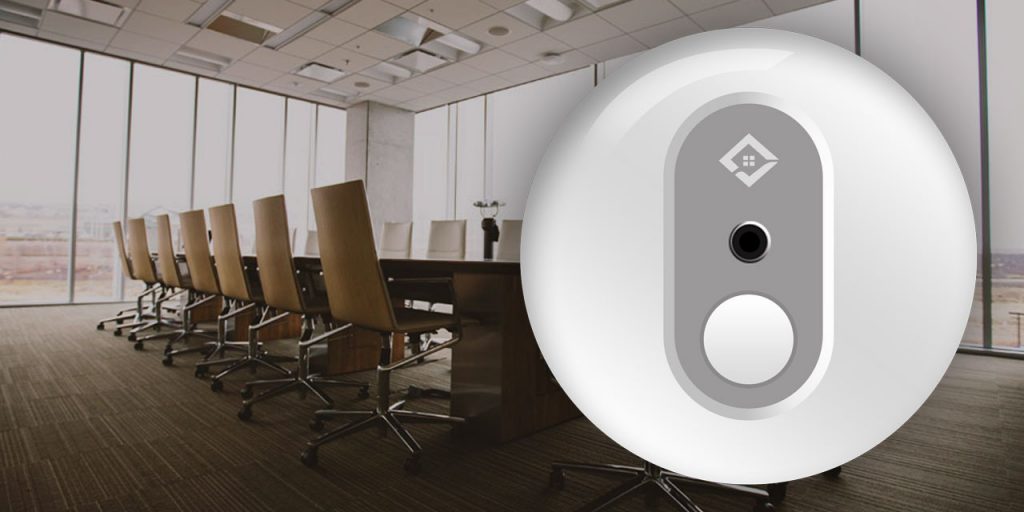Sensors are magnificent things. Large numbers of us have one by the front entryway, which turns lights on consequently when we return home late around evening time. This consoles us that nobody is sneaking in the shadows, and gives us enough light so we can see to open the entryway. In the home, sensors give benefits including accommodation, security and cost reserve funds through having lights on when required. In business structures, these equivalent advantages are duplicated many occasions over. Lighting can represent up to 40 percent of the energy utilized in business structures, and the expense of that energy is crawling up step by step. Perhaps the least demanding approaches to diminish energy use and to reduce expenses and discharges are to kill lights when they are not needed. Manual light switches exist so people can turn lights on and off. The greater part of us is acceptable at turning lights on, yet we regularly neglect to turn them off when leaving a room.

That is the place where inhabitance sensors come in. Initially intended for use with security frameworks, inhabitance sensors have been refined and improved to control lighting and HVAC in business and private spaces. These sensors distinguish action inside a predefined territory, and give accommodation by turning lights on naturally when somebody enters. They likewise lessen expenses and energy use by turning lights off not long after the last tenant has left.
Utilizing inhabitance sensors to turn lights off when zones are vacant assists with lessening energy waste and expenses by somewhere in the range of 35 percent and 45 percent as per the California Energy Commission.
Most sensors are configurable, and can be adapted to the necessary degrees of affectability and precision. This assists with abstaining from bogus setting off, occupancy sensor manufacturer can be brought about by things like air developments from HVAC vents and the development of warm air before a radiant window. A few sensors likewise permit you to set time delays between the sensor identifying an absence of inhabitance and killing the lights ordinarily somewhere in the range of 10 and 15 minutes.
Inhabitance sensors are most appropriate to regions where individuals invest variable measures of energy and frequently neglect to turn lights off when leaving, like gathering rooms and private workplaces. There are two principle kinds of inhabitance sensors utilized with lighting and building computerization frameworks: Passive Infrared PIR and Ultrasonic.
Aloof Infrared PIR sensors recognize inhabitance by latently estimating the infrared radiation being discharged from the items in their view. Movement is distinguished when an infrared source like an individual passes before another infrared source with an alternate temperature like a divider.
